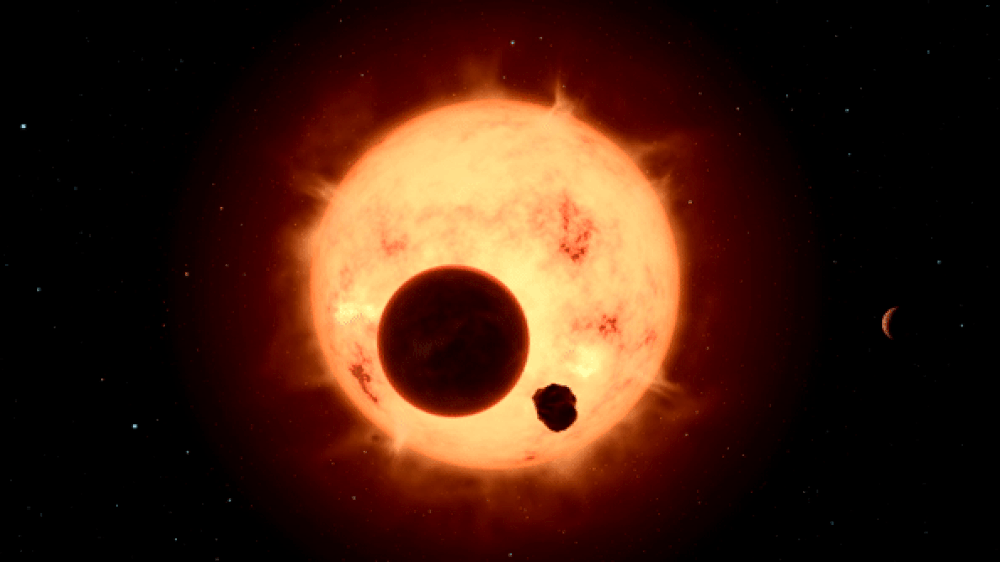-
Imaginary Alien Worlds!
You have learned a lot about Exoplanets!

Part 1: Imagining your exoplanet's Solar System!
You are Star Experts! You have adopted many types of stars, presented them to your peers, and know the vast differences and many characteristics! Choose a type of star for your Alien world to orbit and give the following information about your imaginary Star System.- Name your Star!
- What type of star does your exoplanet orbit?
Is your star a Main Sequence star, Red Giant, White Dwarf, etc...?
Is it a binary solar system (two stars) or something completely different? - How old is your star and its planetary system?
- How many planets orbit your star?
- How far away is your star from Earth?
- What wavelength of light does your star give off in the greatest amount?
This will affect the evolution of your imaginary creatures that live on your exoplanet. - How long has your star left, and how will it end?
Part 2: Imagining your Exoplanet!
You are also an Exoplanet Expert and have discovered how scientists use instruments to identify planets orbiting other suns!
You have determined how the volume, mass, density, and orbital period (planet's year) are determined! Using this data, you have determined if your planet exists in the "Habitable Zone." Consider the following as you imagine your Alien world.- Name your Exoplanet!
- Is your planet a Terrestrial (rocky) or Jovian (gaseous)?
You need to state the density of your planet.
How did you determine the density of your planet? Recall what you did with your investigation.
Terrestrial planets range from 4.0 - 6.0 g/cm^3, Jovian range from 0.5 - 2.0 g/cm^3 - How long is your planet's year and day?
Year is the time it takes for your planet to orbit (revolve) once around its star.
Day is the time it takes for your planet to spin (rotate) once.
How did you determine the orbital period of your planet? Recall what you did with your investigation. - Does your exoplanet have any moons? If so, how many?
Many moons may have the ability to harbor life. We are very interested in exploring some of the moons in our solar system and diving into the oceans beneath the ice of the moons of Jupiter and Saturn! - Is your planet "tidally locked"?
That may affect the evolution of life in your Alien world! - What gasses are found in your planet's atmosphere?
- Is your planet located in what we consider the "habitable zone"?
We are still learning that a planet's habitable zone may include many more possibilities! Let your imagination fly!
Artistic Rendition!
- Make a drawing, painting, or prose that symbolizes or describes your Alien Exoplanet world!
Be sure to make a planet summary on the back of your artwork.
Part 3: Imagining Alien Life living on your Exoplanet!
- Name your Alien Creature!
- How has your alien creature evolved to live on your exoplanet?
- What adaptations give it an advantage to thrive in your imaginary world?
- How does it survive?
Artistic Rendition!
- Make a drawing, painting, or prose that symbolizes or describes your Alien creature!
Explain how it is adapted to live on your exoplanet world on the back of your artwork.

